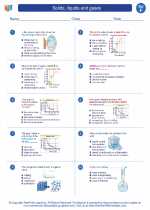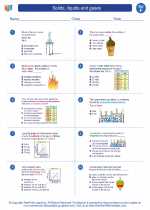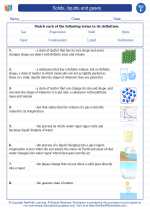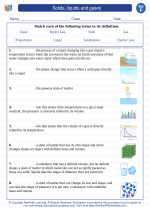Jurassic Period
The Jurassic Period is the second period of the Mesozoic Era, spanning from approximately 201 to 145 million years ago. It is named after the Jura Mountains, where limestone strata from the period were first identified. The Jurassic Period is known for the dominance of dinosaurs, the evolution of new reptile and plant groups, and the breakup of the supercontinent Pangaea.
Key Events and Characteristics
- Dominance of Dinosaurs: The Jurassic Period is often referred to as the "Age of Dinosaurs" as they were the dominant land animals during this time. Some of the most well-known dinosaurs, such as the Brachiosaurus, Allosaurus, and Stegosaurus, lived during the Jurassic.
- Evolution of New Species: Many new species of reptiles, including early mammals and birds, evolved during the Jurassic Period. This period saw the rise of the first birds and the appearance of small, agile dinosaurs.
- Plant Evolution: The Jurassic saw the evolution of new plant groups, including the first appearance of coniferous trees and palm-like cycads. Ferns, ginkgoes, and early flowering plants also became widespread.
- Pangaea Breakup: The supercontinent Pangaea continued to break apart during the Jurassic, leading to the formation of new continents and the opening of the Atlantic Ocean.
- Geological Formations: The Jurassic is associated with the formation of iconic geological features such as the Morrison Formation in North America and the Solnhofen Limestone in Germany, which have yielded abundant fossils of dinosaurs and other ancient organisms.
Study Guide
To prepare for a study of the Jurassic Period, focus on the following key areas:
- Identify and describe the major dinosaur species that lived during the Jurassic Period, including their physical characteristics and behaviors.
- Examine the geological formations associated with the Jurassic and their significance in the study of ancient life.
- Discuss the impact of the breakup of Pangaea on the distribution of landmasses and its influence on the evolution of life during the Jurassic Period.
- Explore the evolution of plant species during the Jurassic and their role in shaping ancient ecosystems.
- Compare and contrast the Jurassic Period with other periods of the Mesozoic Era, such as the Triassic and Cretaceous periods.
By focusing on these areas, you will gain a comprehensive understanding of the Jurassic Period and its importance in the history of life on Earth.
[Jurassic] Related Worksheets and Study Guides:
.◂Science Worksheets and Study Guides Sixth Grade. Solids, liquids and gases
Study Guide Solids, liquids and gases
Solids, liquids and gases  Activity Lesson
Activity Lesson Solids, Liquids & Gases
Solids, Liquids & Gases  Worksheet/Answer key
Worksheet/Answer key Solids, liquids and gases
Solids, liquids and gases  Worksheet/Answer key
Worksheet/Answer key Solids, liquids and gases
Solids, liquids and gases  Worksheet/Answer key
Worksheet/Answer key Solids, liquids and gases
Solids, liquids and gases  Vocabulary/Answer key
Vocabulary/Answer key Solids, liquids and gases
Solids, liquids and gases  Vocabulary/Answer key
Vocabulary/Answer key Solids, liquids and gases
Solids, liquids and gases 

 Activity Lesson
Activity Lesson
 Worksheet/Answer key
Worksheet/Answer key
 Worksheet/Answer key
Worksheet/Answer key
 Worksheet/Answer key
Worksheet/Answer key
 Vocabulary/Answer key
Vocabulary/Answer key
 Vocabulary/Answer key
Vocabulary/Answer key

The resources above cover the following skills:
PHYSICAL SCIENCE
Energy
Students who demonstrate understanding can:
Plan an investigation to determine the relationships among the energy transferred, the type of matter, the mass, and the change in the average kinetic energy of the particles as measured by the temperature of the sample.